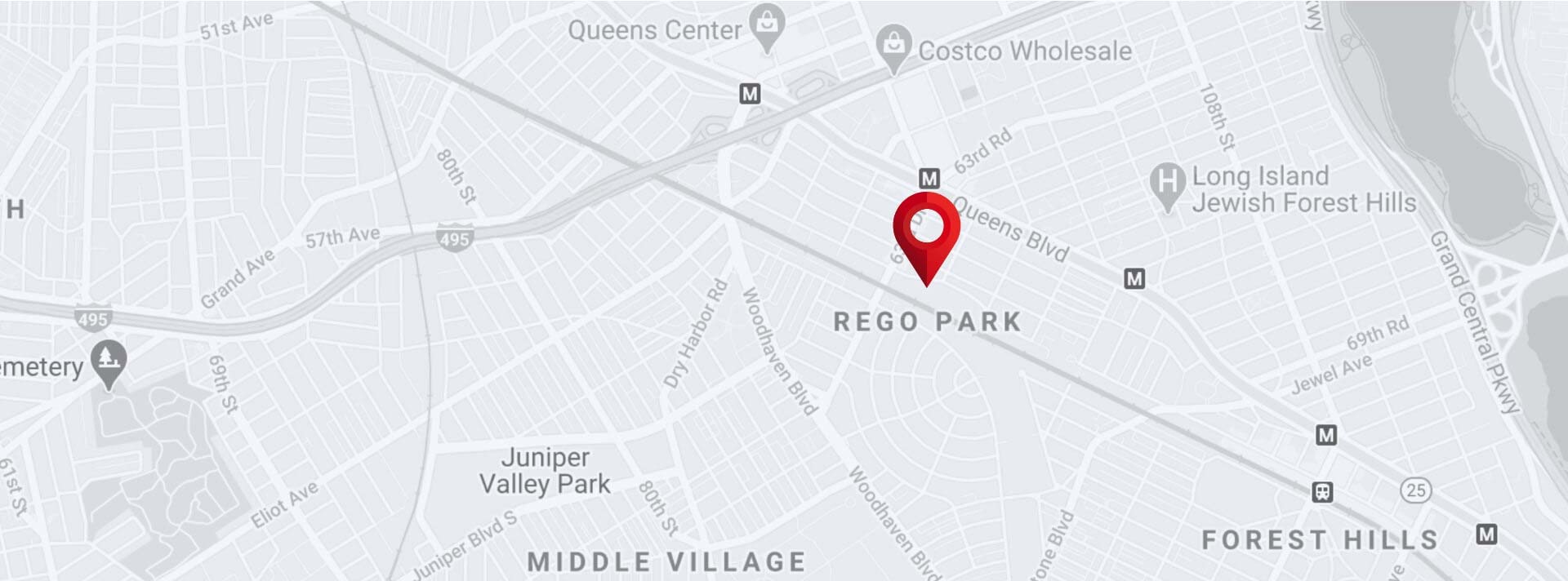
Medial Branch Block Procedure Overview
An IV will be started, if necessary, to provide relaxation medication. The patient is placed on the x- ray table and positioned in such a way that the physician, using x-ray guidance, can best visualize the bony areas where the medial branch nerves pass. The skin is scrubbed with prep solution. Next, the physician numbs a small area of skin with numbing medicine. This medicine stings for several seconds. After the numbing medicine has had time to take effect, the physician uses x-ray guidance to direct a very small needle near the specific nerve being tested. Then, a small amount of numbing medicine (anesthetic) is injected. This generally does not provoke a patient’s usual pain like the joint injections may have.

Before and After the Procedure and the Risks
Before the Procedure
Since you will be receiving medication, it is recommended that you do not eat within eight hours before the procedure. If you are a diabetic, be sure to discuss your eating and medication schedule with your doctor. You may need to stop taking certain medications several days before the procedure. Please remind the doctor of all prescription and over- the-counter medications you take, including herbal and vitamin supplements. The doctor will tell you if and when you need to discontinue the medications.It is very important to tell the doctor if you have asthma, had an allergic reaction (i.e. hives, itchiness, difficulty breathing, any treatment which required hospitalization) to the injected dye for a previous radiology exam (CT scan, angiogram, etc) or if you have had an allergic reaction to shellfish (shrimp, scallops, lobster, crab). The doctor may prescribe some medications for you to take before having the procedure. Tell the doctor if you develop a cold, fever, or flu symptoms before your scheduled appointment.
After the Procedure
After your discharge from the pain center, it is very important that you engage in activities which would normally provoke your pain. If you do not, the test will not give a valid result. Remember, this is a temporary procedure and return of your pain is expected. Please note when your pain returns. Also, you will need to call the pain nurse on the same day, 2-3 hours after your discharge to discuss how the block worked. The results of this test will then determine what further diagnostic or therapeutic procedures will be needed.
Procedure Risks
The risks, although infrequent, include: Allergic reaction to the medication; Nerve damage; Bruising at the injection site; Infection at the injection site; Injection of medication into a blood vessel.

